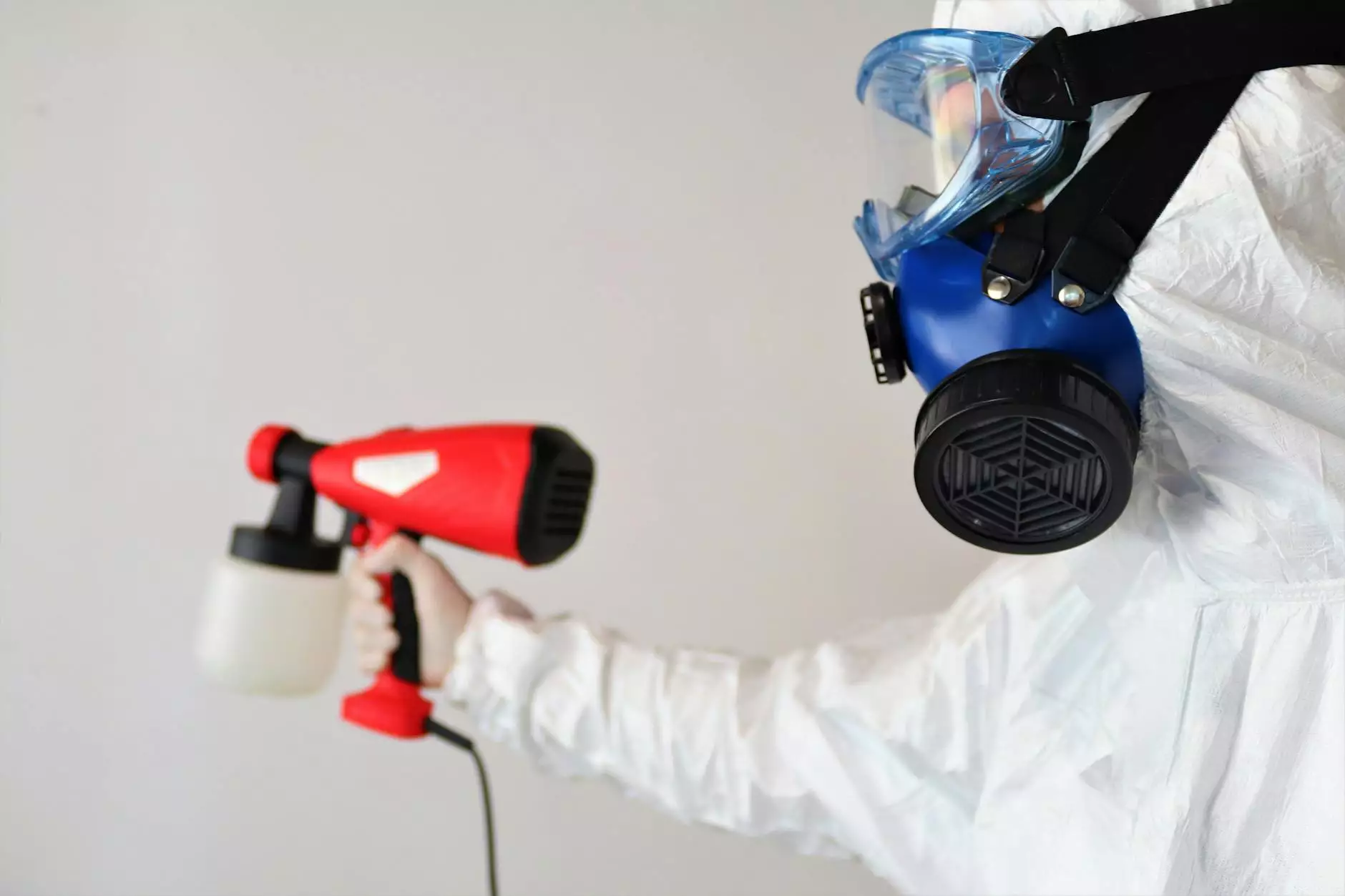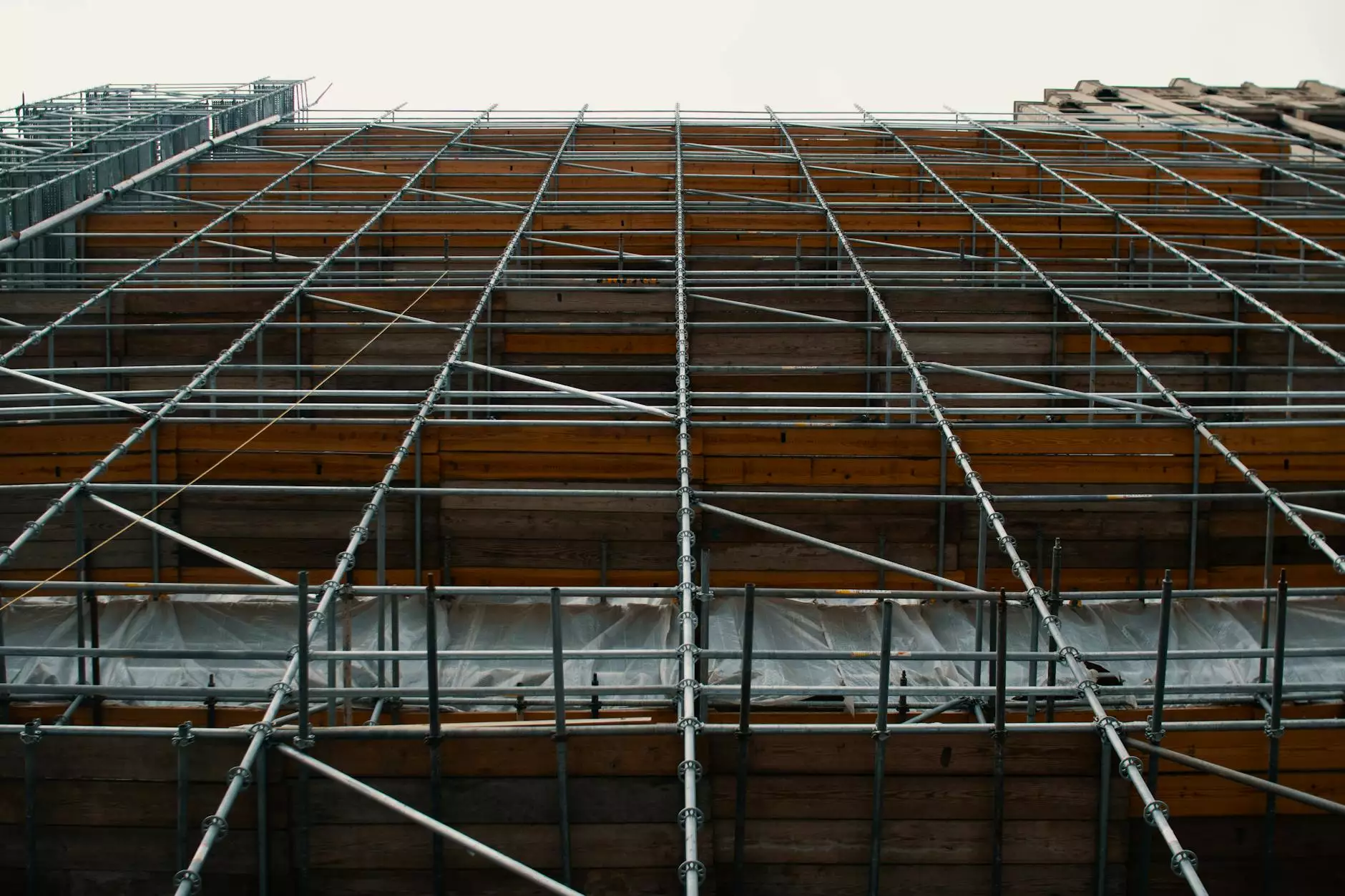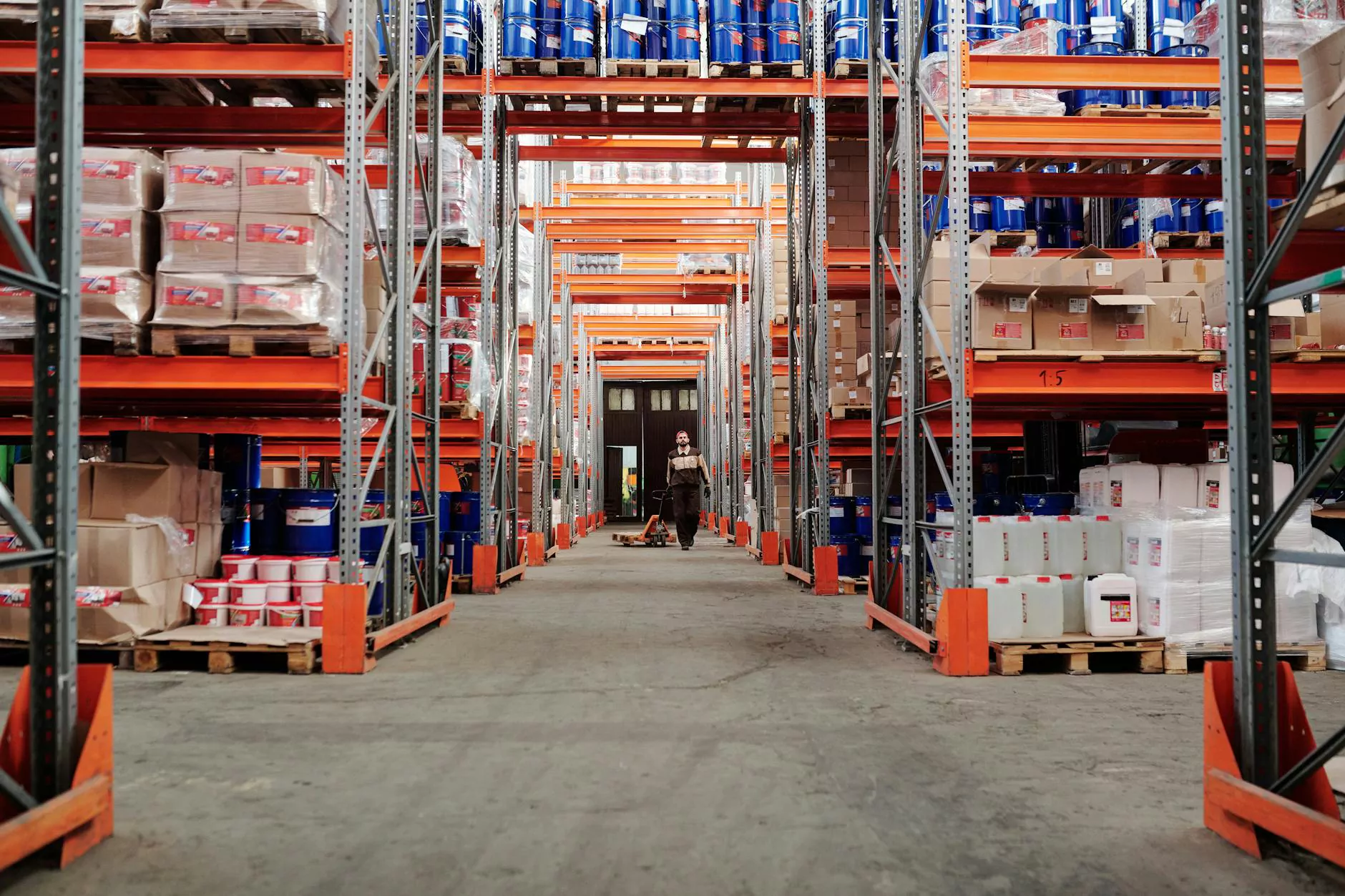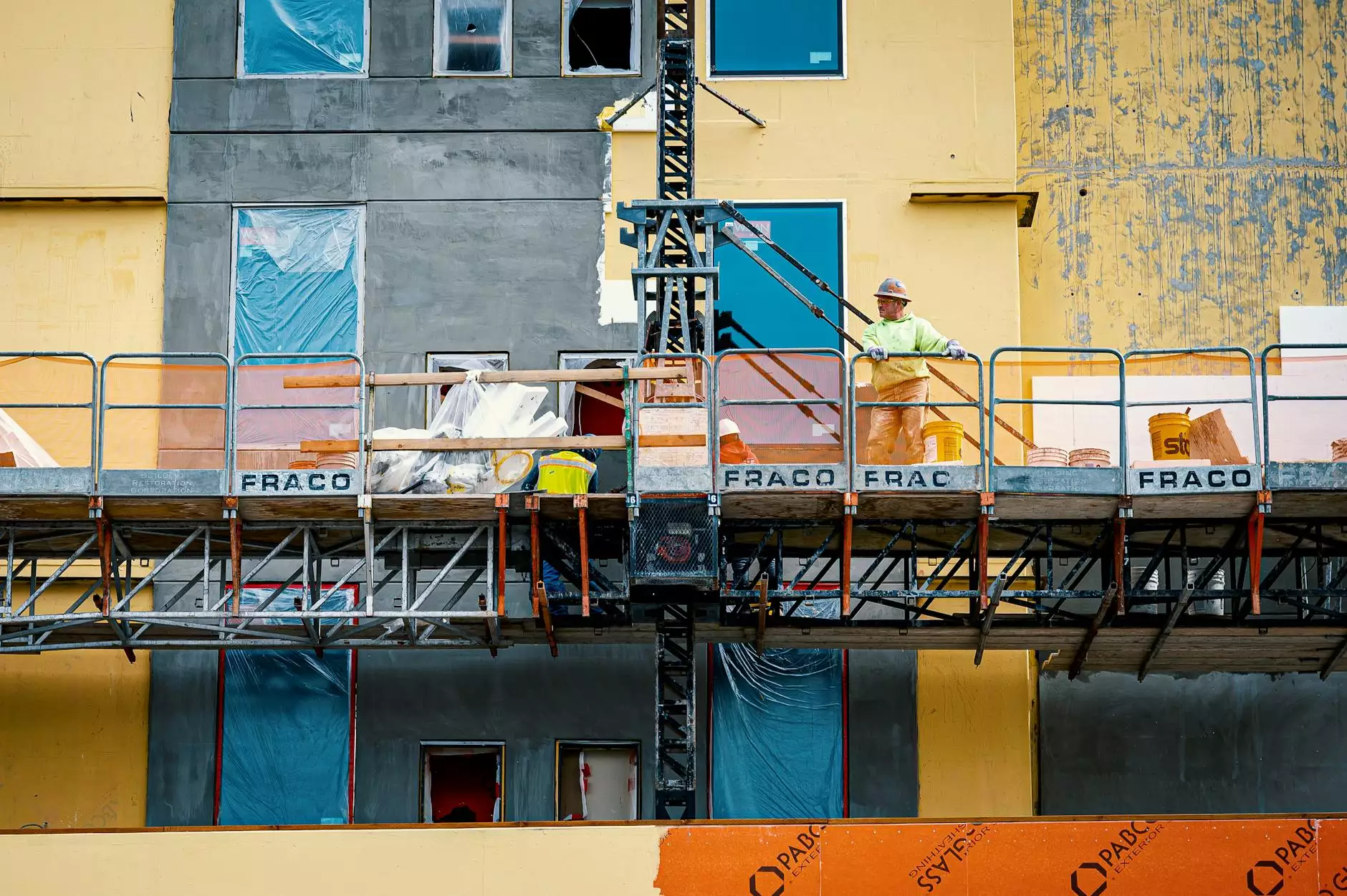OSHA Inspection Process: What It Entails
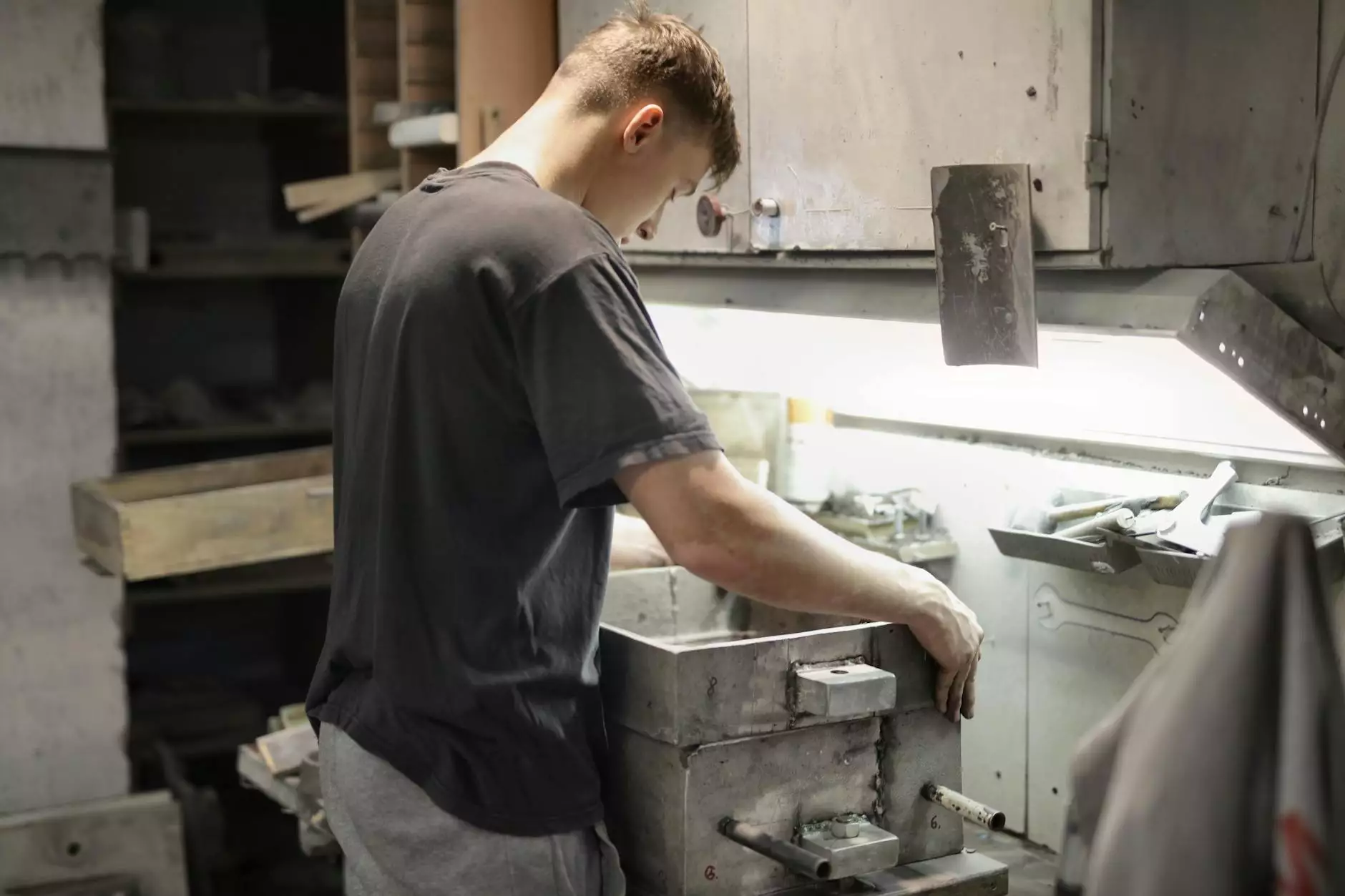
Introduction
Welcome to Powder Keg! As a trusted source of valuable information in the Business and Consumer Services industry, we are here to guide you through the OSHA inspection process. In this comprehensive article, we will delve into what an OSHA inspection entails, providing you with essential knowledge and tips to navigate the process successfully.
Understanding OSHA
The Occupational Safety and Health Administration (OSHA) is a regulatory agency that ensures safe and healthy working conditions for employees in the United States. Its mission is to prevent work-related injuries, illnesses, and fatalities by enforcing workplace safety standards and conducting inspections.
The Purpose of OSHA Inspections
OSHA inspections serve several important purposes. By conducting inspections, OSHA aims to:
- Promote workplace safety and health
- Identify and address potential hazards
- Ensure compliance with OSHA standards and regulations
- Educate employers and employees on safety best practices
- Encourage continual improvement in workplace safety
Types of OSHA Inspections
There are different types of OSHA inspections that may be triggered by various factors. Let's explore the most common ones:
Planned Inspections
Planned inspections are pre-scheduled visits by OSHA compliance officers. These inspections typically occur as part of a targeted inspection program based on specific industries, worksites with high injury rates, or previous compliance history. They provide an opportunity for employers to prepare for the inspection.
Unplanned Inspections
Unplanned inspections, also known as surprise inspections or complaint-driven inspections, are triggered by employee complaints, reports of imminent danger, significant injuries, or fatalities. These inspections aim to address immediate hazards or investigate alleged violations.
Follow-Up Inspections
Follow-up inspections are conducted to verify that previously identified violations have been adequately addressed and corrected by the employer. OSHA compliance officers revisit the worksite to ensure compliance with the issued citations and to evaluate the effectiveness of corrective actions taken.
The OSHA Inspection Process
The OSHA inspection process typically follows a set of logical steps. While each inspection can be unique, the following steps outline the general process:
Opening Conference
The opening conference marks the beginning of an OSHA inspection. During this meeting, the compliance officer will explain the purpose and scope of the inspection, discuss employee rights, and request relevant documentation such as injury and illness records, safety programs, and training documentation.
Walkaround Inspection
After the opening conference, the compliance officer will conduct a walkaround inspection of the worksite. They will look for potential hazards, evaluate safety measures, and interview employees to gather information about workplace practices. Employers have the right to accompany the compliance officer during the inspection.
Document Review
As part of the inspection process, the compliance officer may request documentation related to safety and health practices, such as written safety policies, training records, and injury logs. Employers are expected to provide these documents promptly and cooperatively.
Closing Conference
The closing conference represents the conclusion of the inspection. The compliance officer will summarize their findings, discuss any identified hazards or violations, and provide guidance on how to address them. Employers may have the opportunity to present additional information or ask questions during this conference.
Tips for Navigating an OSHA Inspection
Navigating an OSHA inspection can be a complex process, but with adequate preparation, you can ensure a smoother experience. Here are some tips to help you:
1. Familiarize Yourself with OSHA Standards
Thoroughly understanding OSHA standards relevant to your industry is crucial. Regularly review and update your safety programs and procedures to ensure compliance.
2. Train Your Employees
Provide comprehensive safety training to your employees, emphasizing their rights, responsibilities, and best practices. Well-trained employees contribute to a safe work environment.
3. Establish Safety Committees
Creating safety committees that include representatives from different levels of your organization can help identify hazards, implement safety measures, and demonstrate your commitment to workplace safety.
4. Maintain Accurate and Complete Records
Accurate record-keeping is essential for OSHA compliance. Maintain up-to-date records of safety training, inspections, incident reports, and injury logs.
5. Conduct Regular Self-Audits
Performing regular self-audits can help identify and address potential hazards before OSHA inspections. Take corrective actions promptly to prevent violations.
6. Cooperate with Compliance Officers
Cooperation and transparency during the inspection process can help establish a positive rapport with OSHA compliance officers. Provide the requested information promptly and accompany them during the walkaround inspection.
Conclusion
The OSHA inspection process is designed to promote workplace safety, protect employees, and ensure compliance with safety standards. By understanding this process and implementing effective safety measures, you can create a safer work environment and minimize the risk of citations.
At Powder Keg, we strive to empower businesses in the Business and Consumer Services industry by providing reliable information and guidance. Stay informed, stay safe, and reach out to us with any questions or concerns you may have regarding OSHA inspections or workplace safety.
